Solar System Basics
Explore 15 fascinating articles about solar system basics
Journey through our cosmic neighborhood. Learn about the Sun, planets, moons, and other objects that make up our solar system, from formation to exploration.
All Articles (15)
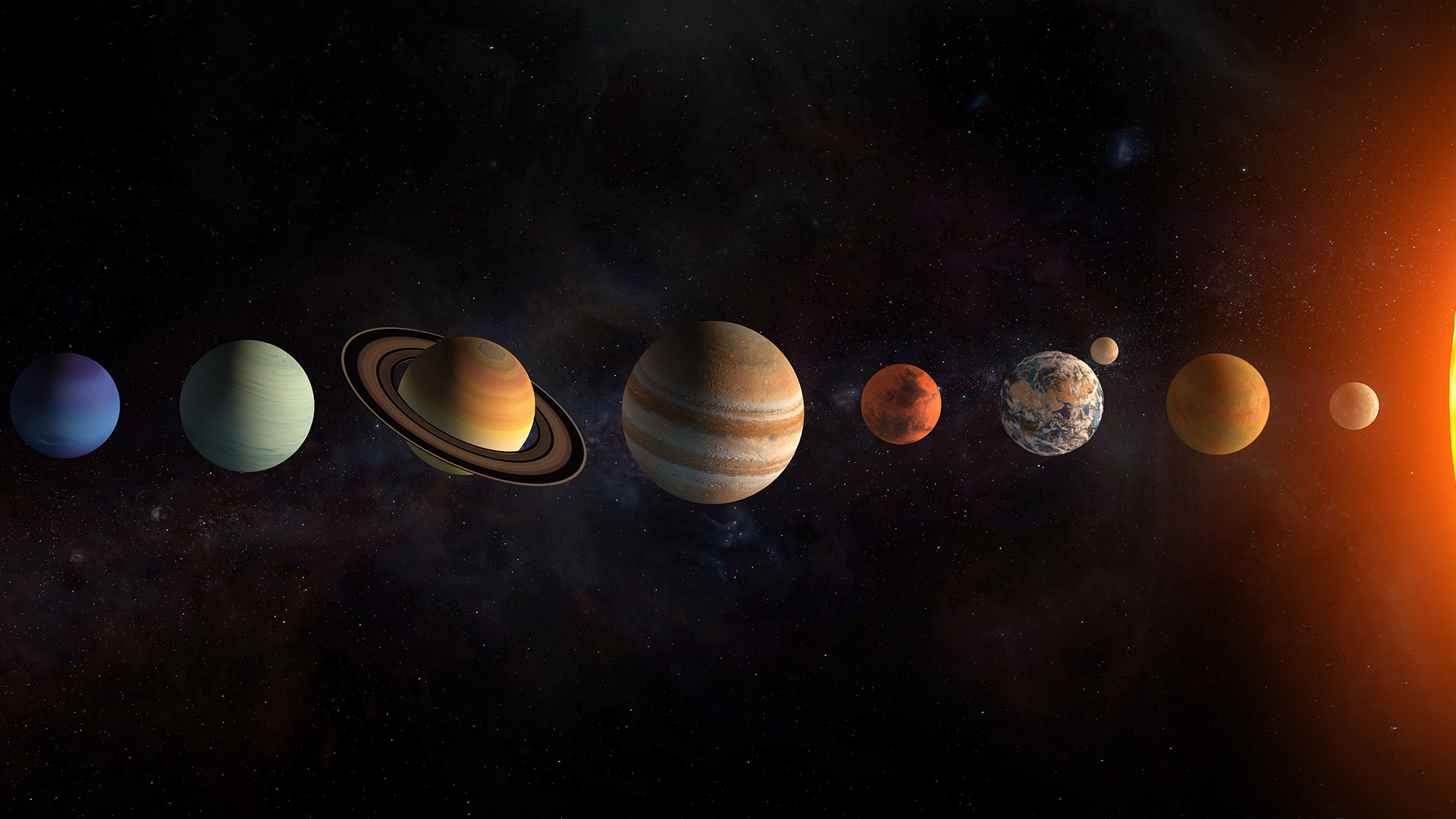
How the Solar System Was Formed: From Dust to Planets
The solar system as we know it—containing the Sun, eight planets, moons, asteroids, and comets—was born over 4.5 billion years ago from a cloud of gas and dust. This process, called solar system formation, is supported by astronomical observations, computer simulations, and analysis of meteorites.
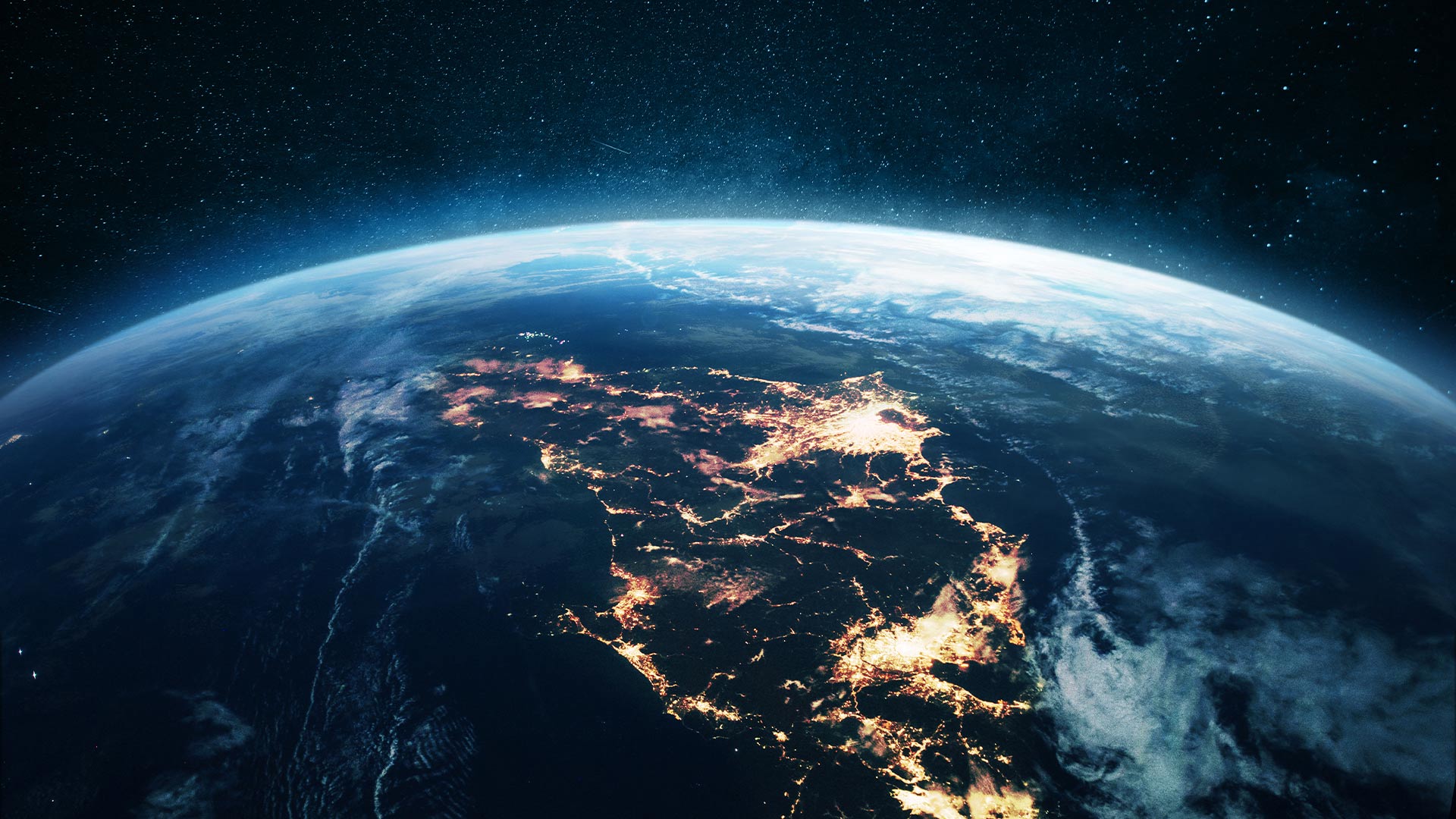
Why Pluto Is No Longer a Planet: The Real Reason
For over 75 years, Pluto was considered the ninth planet of our solar system. Discovered in 1930 by American astronomer Clyde Tombaugh, Pluto held a special place in textbooks, science museums, and popular culture. But in 2006, the International Astronomical Union (IAU) reclassified Pluto as a “dwarf planet,” triggering a wave of public confusion and debate.
So what really happened? Why was Pluto stripped of its planetary status? Here’s the real, science-based explanation.
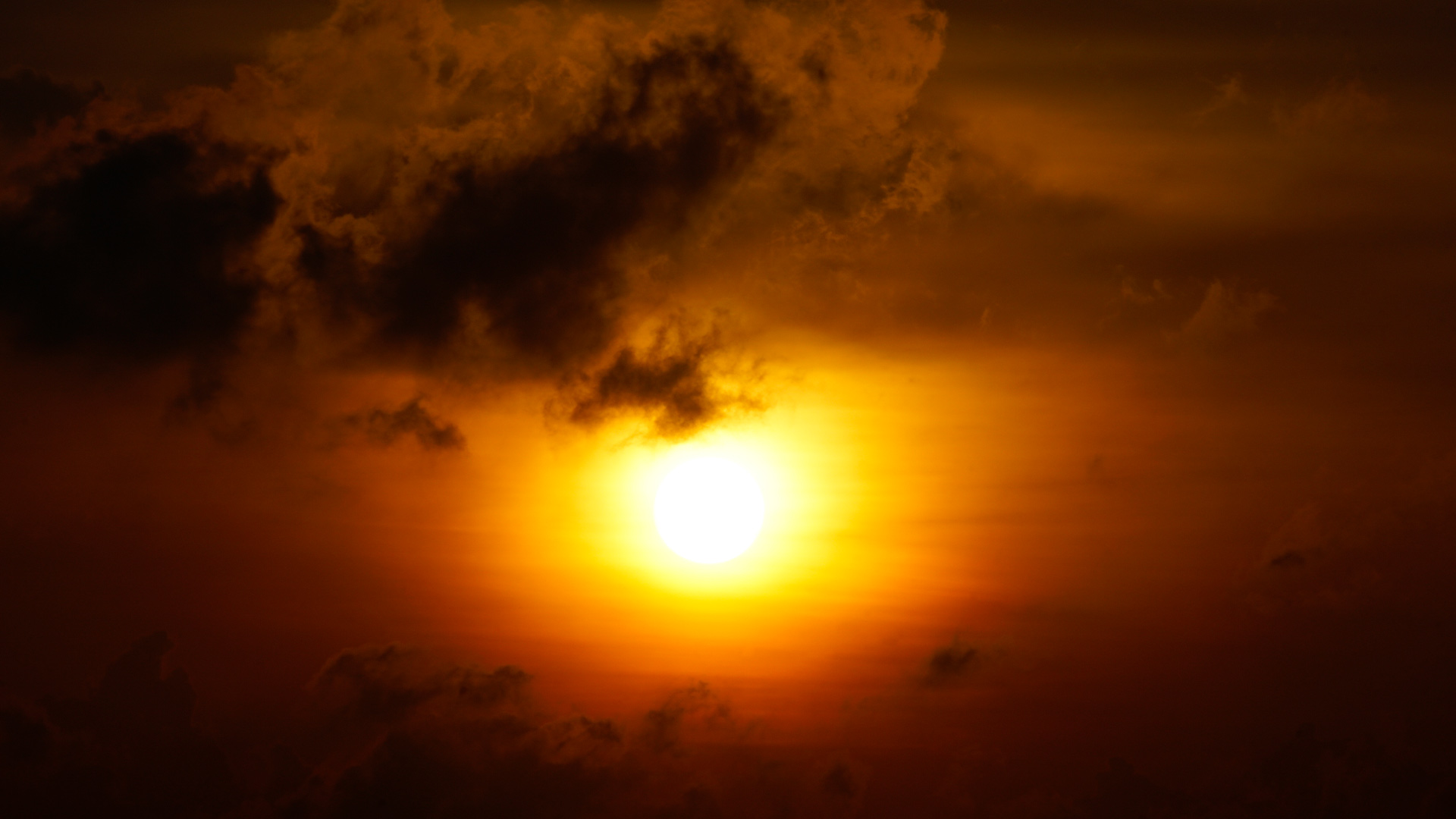
The Sun: More Than Just a Big Ball of Fire
To the naked eye, the Sun may seem like nothing more than a massive, blazing ball of fire in the sky. In truth, it is far more complex and dynamic—a nuclear fusion reactor, a space weather engine, and the very reason life exists on Earth. Let’s explore the Sun’s true nature, structure, and critical role in our solar system.
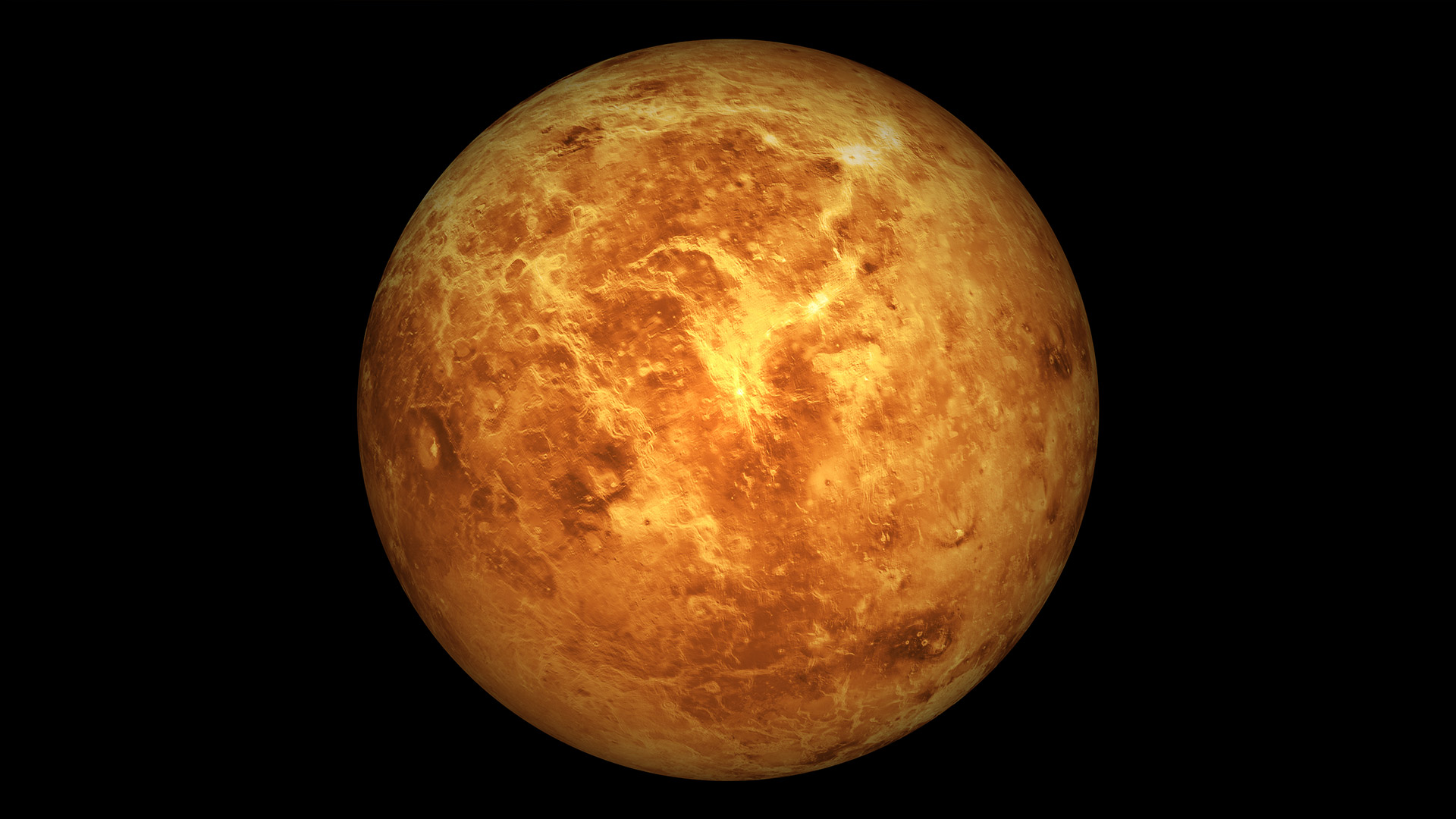
Earth's Twin? Discovering Venus Up Close
Venus is often called Earth's twin—but this sibling resemblance is only skin deep. While Venus is similar in size and mass to Earth, it’s also one of the most inhospitable planets in the solar system. With crushing pressure, scorching temperatures, and clouds of sulfuric acid, Venus challenges our understanding of planetary evolution.
In this article, we’ll explore the fascinating features of Venus, its similarities and stark differences from Earth, and what we’ve learned from past and present missions.
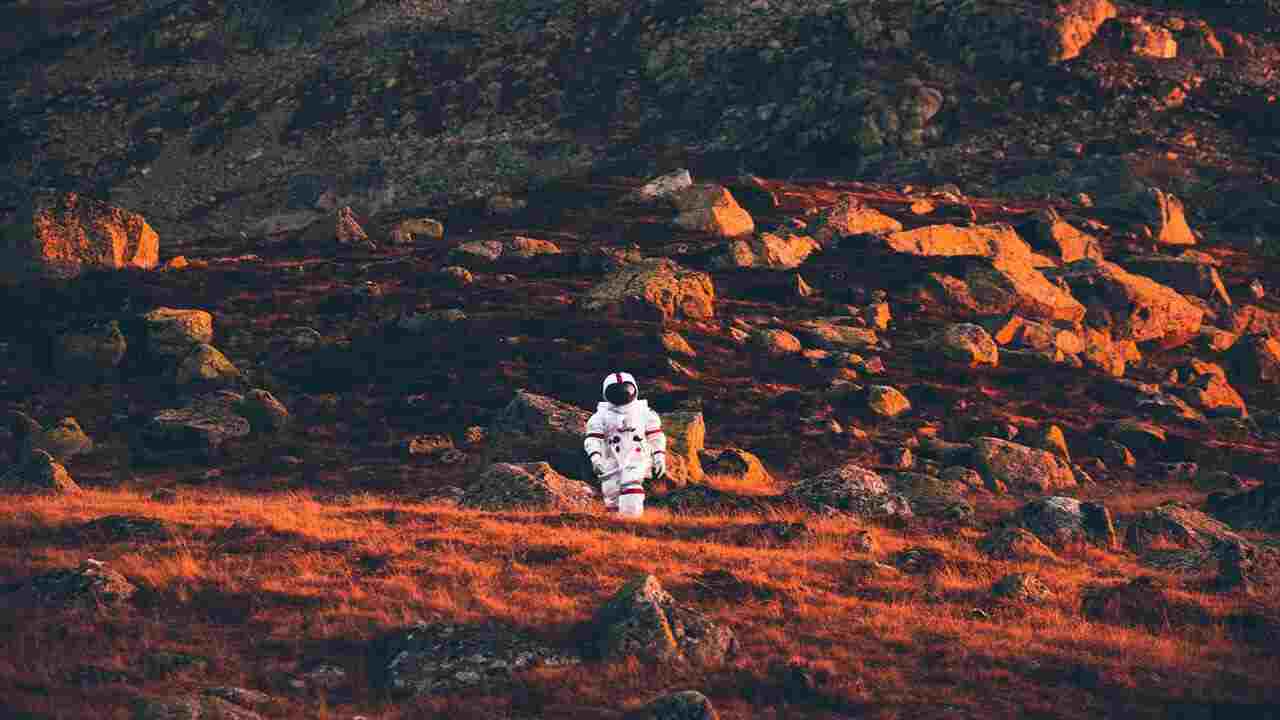
Mars: Why Scientists Are Obsessed With the Red Planet
Mars has captivated humanity for centuries. Known as the “Red Planet,” it is one of the most studied and discussed bodies in our solar system. From ancient telescopic observations to today’s high-tech rovers, Mars continues to be a major focus of scientific curiosity.
But why are scientists so obsessed with Mars? The answer lies in its geology, potential for life, and its role in future human exploration. This article explores what makes Mars unique and why it remains a top priority for space agencies worldwide.
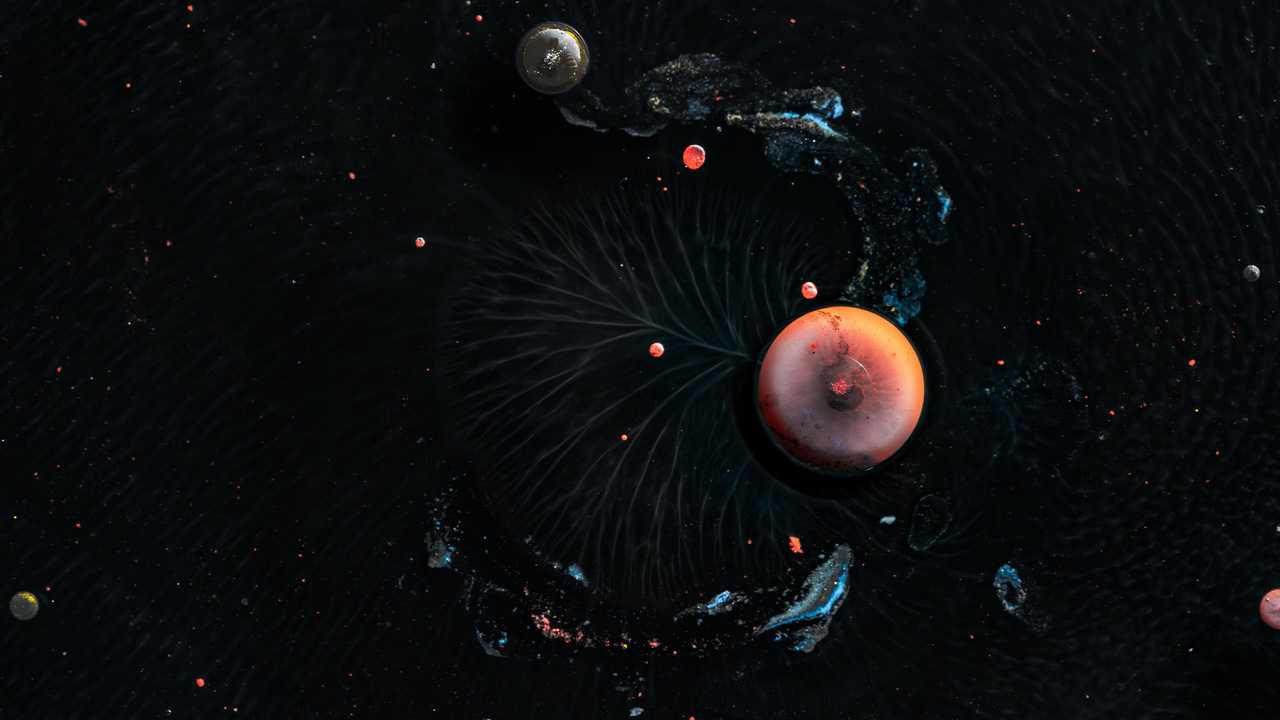
Solar Eclipses Explained: The Dance of the Sun, Moon, and Earth
A solar eclipse is one of the most awe-inspiring celestial events visible from Earth. It occurs when the Moon passes directly between the Earth and the Sun, temporarily blocking sunlight and casting a shadow on Earth's surface. Though it may last only a few minutes, a solar eclipse is the result of a precisely aligned cosmic choreography between the Sun, Moon, and Earth.
This article explores how solar eclipses happen, the different types, why they’re rare, and how to safely observe them.
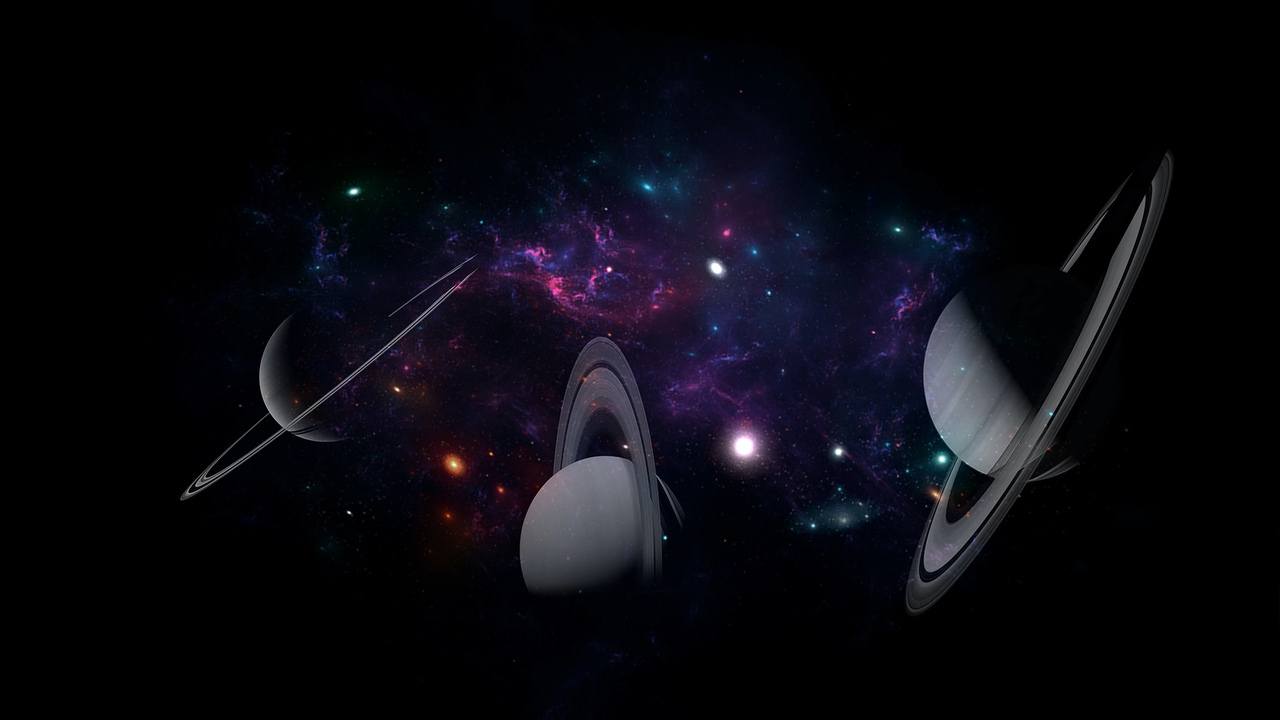
Asteroid Belt Secrets: What Lies Between Mars and Jupiter?
Between the orbits of Mars and Jupiter lies a vast region filled with rocky remnants from the early Solar System. Known as the asteroid belt, this region is home to millions of asteroids—small, irregularly shaped bodies that never coalesced into a planet. Once considered little more than space debris, the asteroid belt is now recognized as a window into the solar system's ancient past.
In this article, we’ll explore what the asteroid belt is, how it formed, what’s inside it, and why it matters to scientists today.
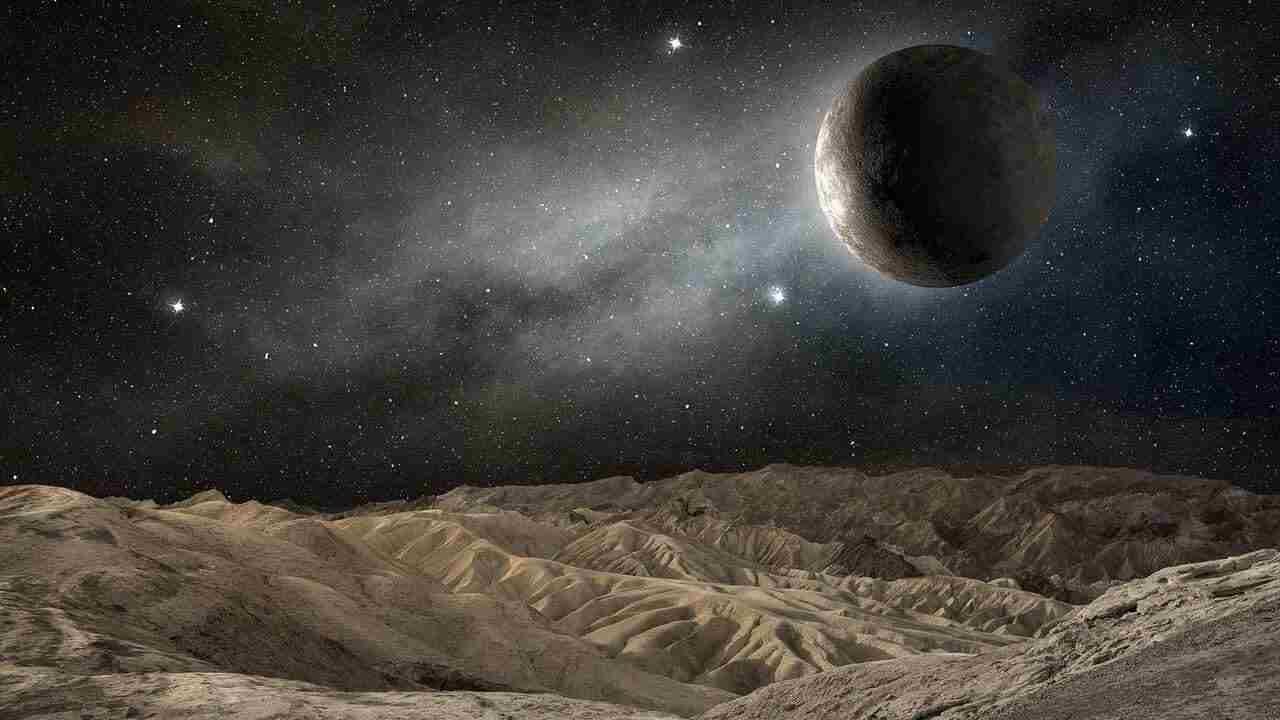
How Gravity Shapes the Solar System
Gravity is the invisible architect of our solar system. From the formation of planets to the behavior of comets and the paths of spacecraft, gravity influences everything. Without it, the Sun would not bind planets in orbit, the Moon wouldn’t circle Earth, and the solar system as we know it wouldn’t exist.
In this article, we explore how gravity formed the solar system, maintains its structure, and continues to shape its evolution.
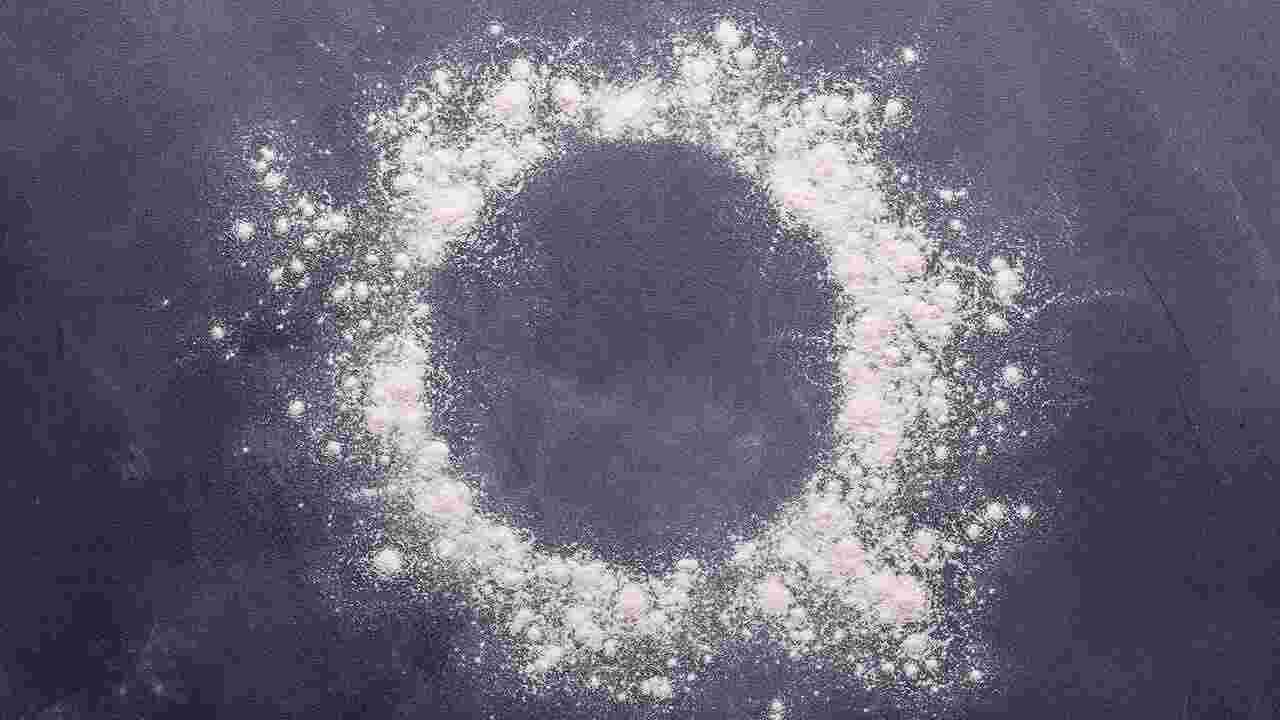
Life on Other Planets? The Habitable Zone Explained
Is Earth the only place where life exists? Scientists have long searched for an answer, and one concept remains central to this quest: the Habitable Zone. Often called the "Goldilocks zone," this region around a star is where conditions might just be right for liquid water — a key ingredient for life as we know it.
In this article, we’ll explore what the habitable zone is, how it varies by star type, and why it's a critical factor in the search for life beyond Earth.
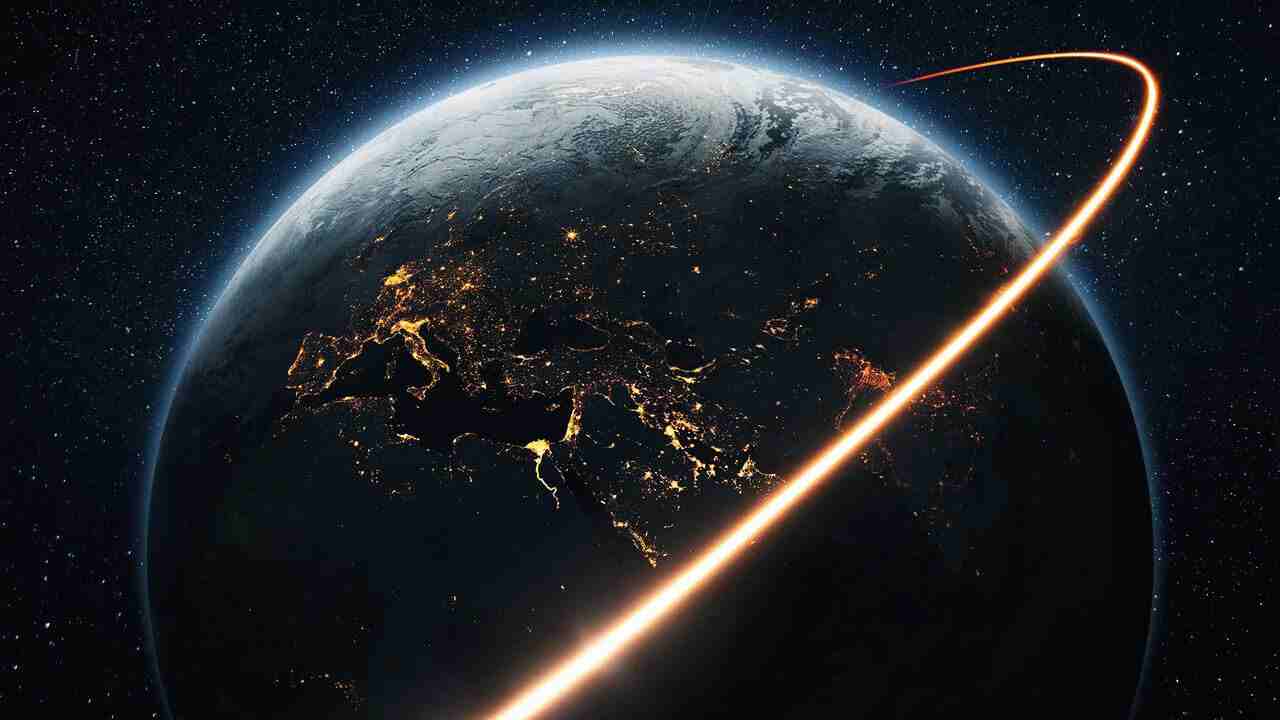
The Kuiper Belt and Oort Cloud: The Solar System’s Final Frontier
Beyond the eight planets and their moons lies a vast and largely unexplored region of our solar system — the Kuiper Belt and the Oort Cloud. These distant zones are home to icy bodies, dwarf planets, and long-period comets. They also offer clues to how the solar system formed and evolved over billions of years.
This article dives deep into these mysterious outer regions — what they are, what they contain, and why scientists consider them the final frontier of our solar system.
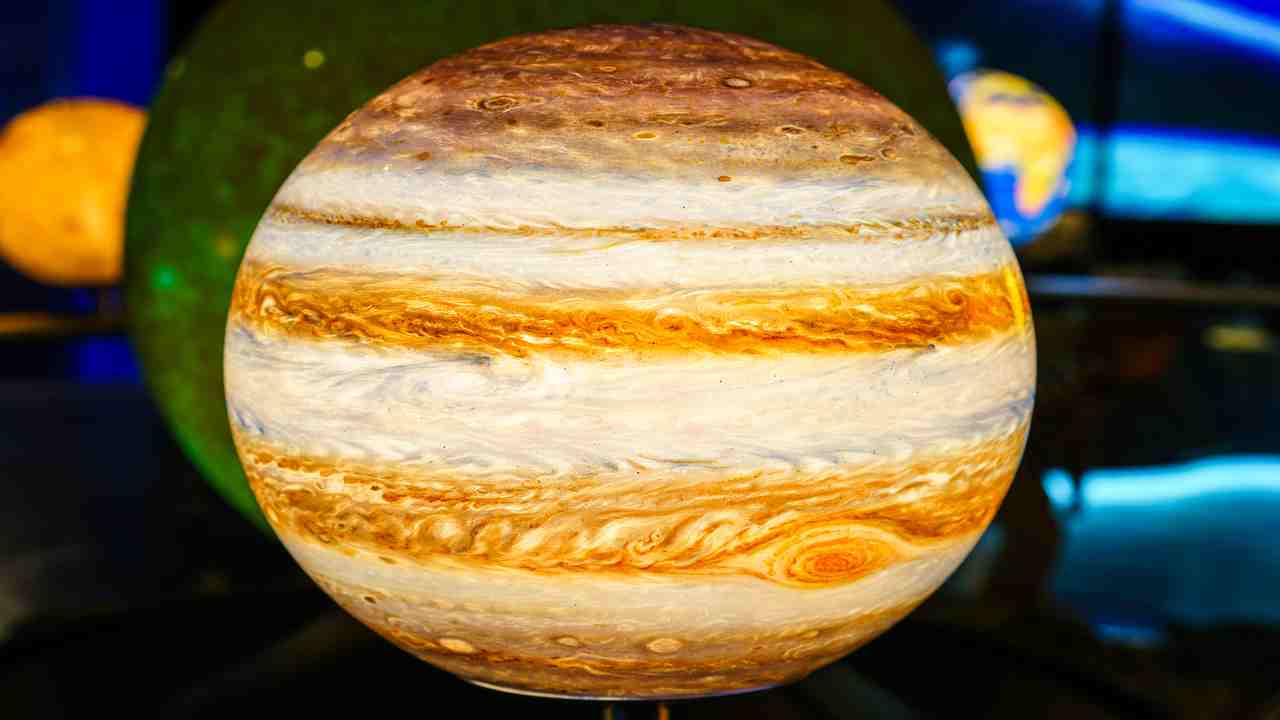
Why Jupiter Is the Solar System’s Great Protector
Jupiter is often called the “guardian” of the solar system, a planet so massive and influential that it shapes the paths of asteroids, comets, and even other planets. Its gravitational pull is unmatched among the planets, and its role in stabilizing our cosmic neighborhood may have been crucial for Earth’s habitability.
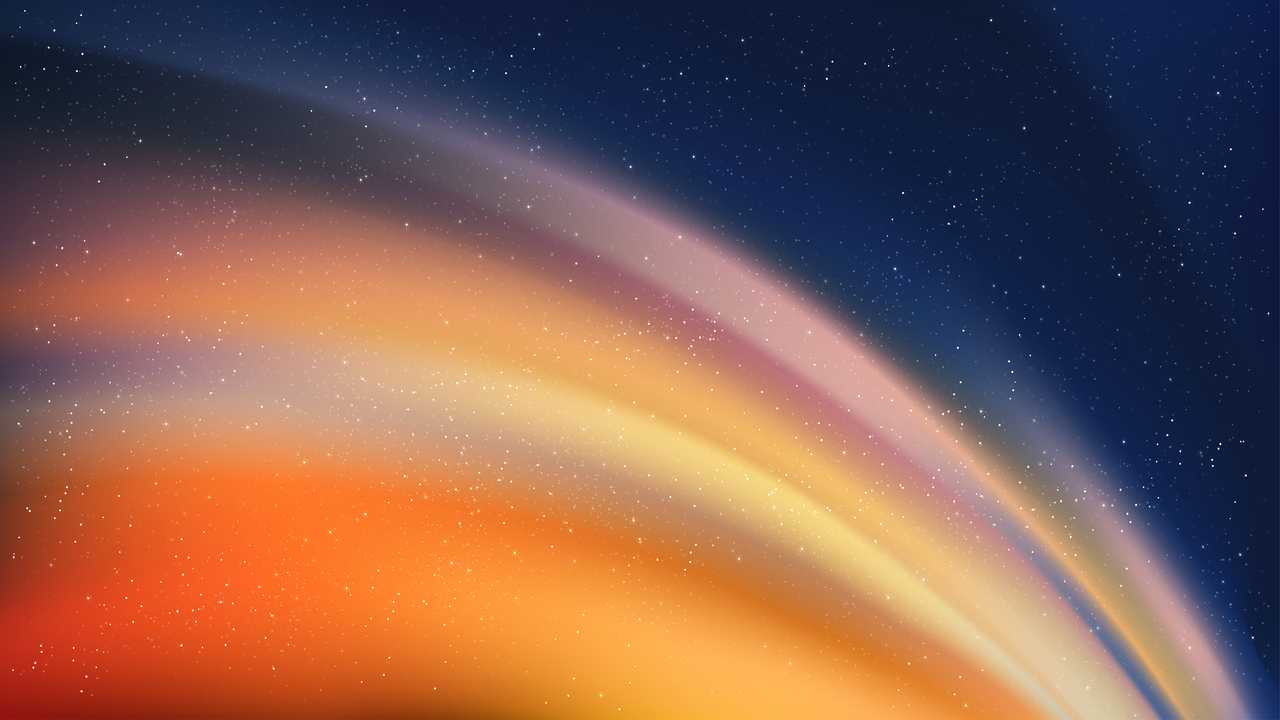
Saturn’s Rings: How They Formed and Why They’re Disappearing
Saturn’s rings are one of the most iconic features in the solar system. They look permanent and majestic, like a cosmic crown that has existed forever. But the truth is more surprising: the rings are temporary, constantly changing, and may one day vanish entirely. Their origin and fate reveal a great deal about how planets interact with their surroundings.
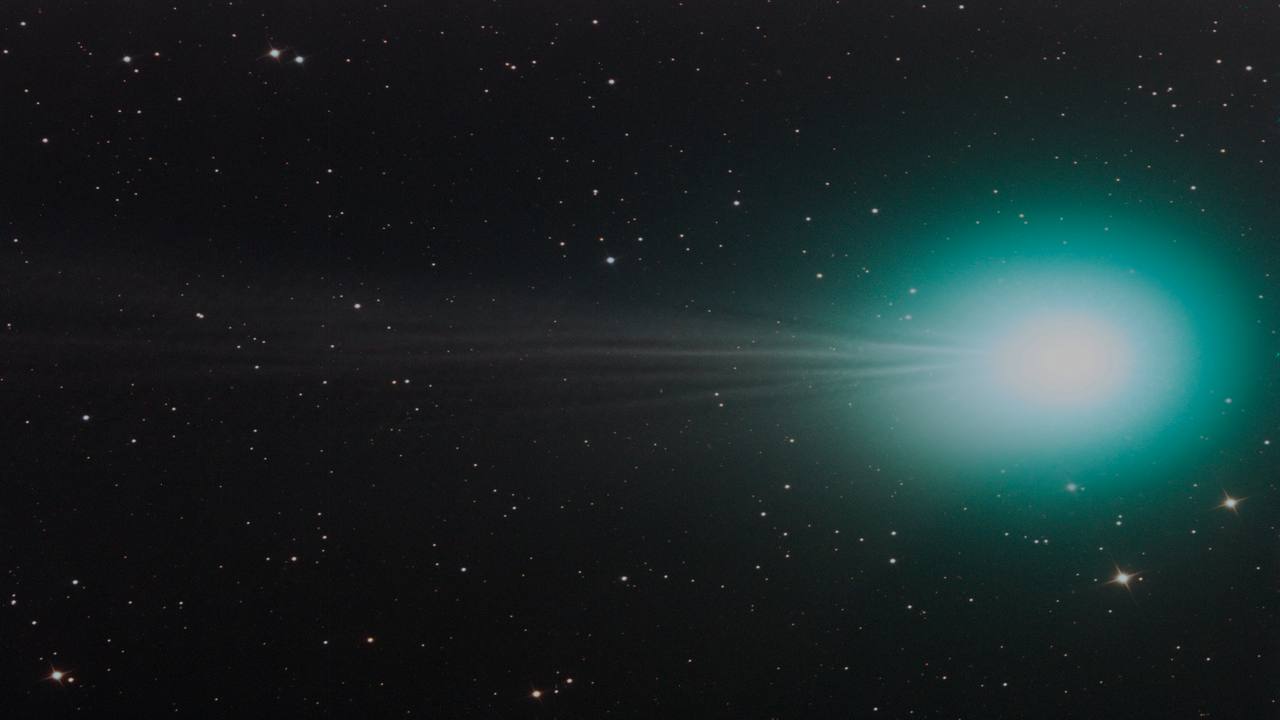
Comets vs. Asteroids: What’s the Real Difference?
At first glance, comets and asteroids may seem like similar space rocks drifting through the solar system. Both orbit the Sun, both are relics from the solar system’s formation, and both occasionally pass close to Earth. But despite these similarities, the two types of objects are born in very different environments and behave in dramatically different ways. Understanding these differences helps scientists trace our solar system’s history and study the conditions that shaped Earth.
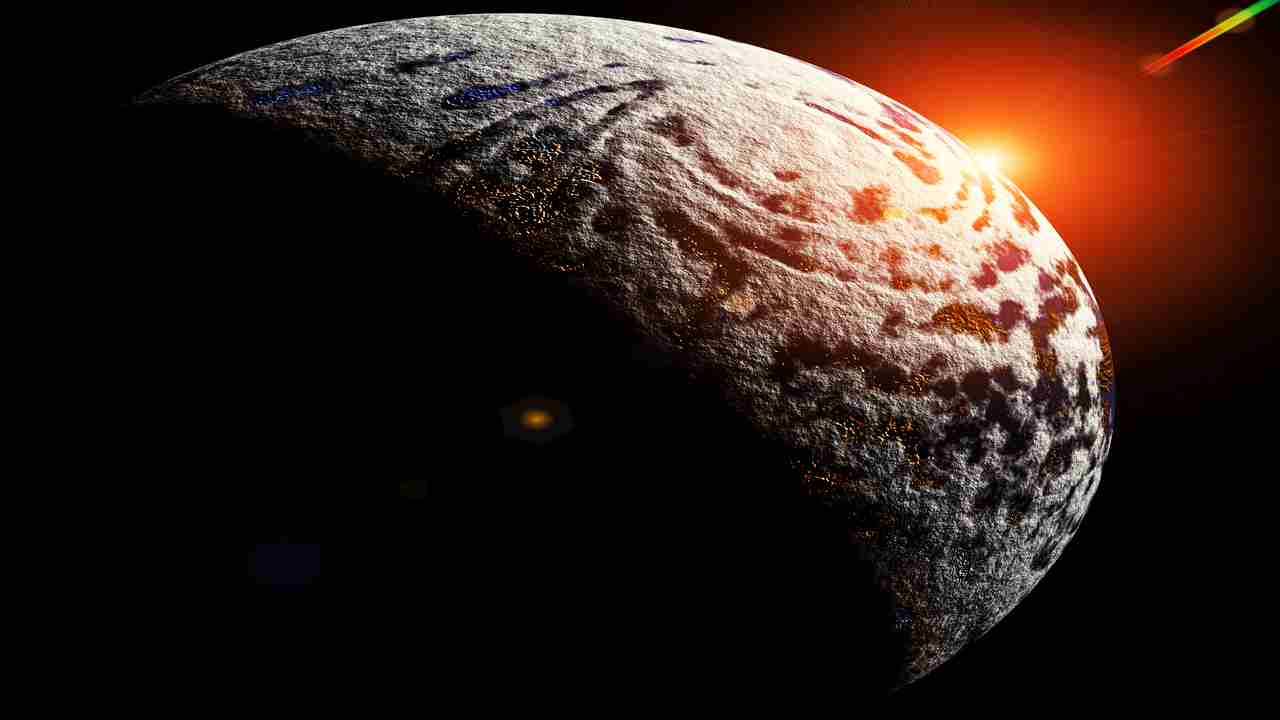
Why Mercury Has Extreme Temperatures: A Planet of Extremes
Mercury looks like a simple world at first glance—small, rocky, and covered in craters. But beneath that quiet appearance lies one of the most extreme environments in the solar system. Its temperature swings from scorching heat to freezing cold, making Mercury a planet of brutal contrasts unlike anywhere else.

The Moon’s Origin: How Earth Got Its Only Natural Satellite
Earth’s Moon is so familiar and constant that it’s easy to forget just how strange its existence is. Compared with other moons in the solar system, it is enormous relative to its parent planet, unusually dense, and positioned in a way that profoundly affects Earth’s tides, climate stability, and even the evolution of life.